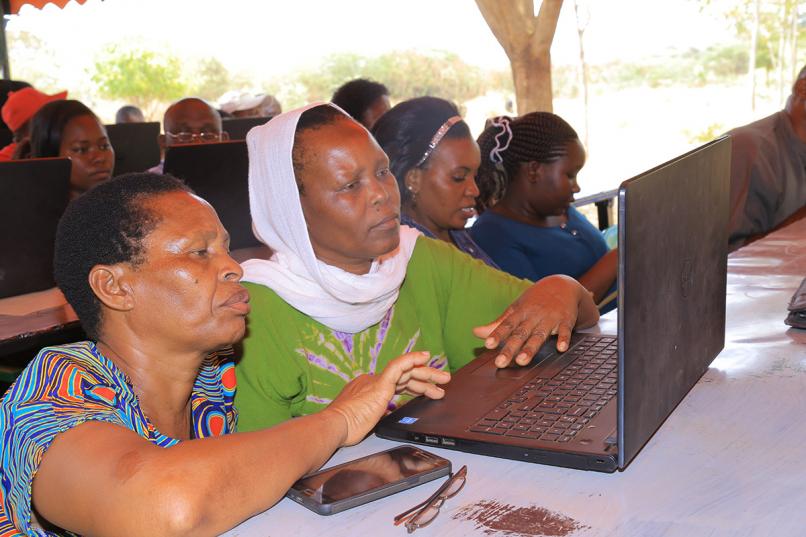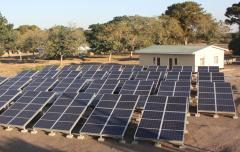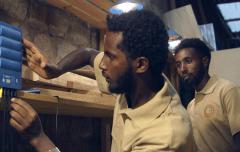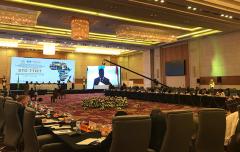Guest blog: How Zambia plans to deliver new electricity to millions
This is an exciting time for Zambia’s electricity sector. Roughly one year ago, the Government of Zambia announced plans to develop a National Electrification Program as an integrated approach to electrification that will help the country achieve its Vision 2030 electrification targets.
Advancing rural and urban access
Vision 2030 seeks to increase the rural electricity access rate from the current 4.5 percent to 51 percent by 2030. In urban areas, the target access rate by 2030 is 90 percent compared to the current 67 percent. These are ambitious plans given Zambia’s rapidly growing population and a population density among the lowest in southern Africa.
Hydro currently provides 85 percent of Zambia’s electricity capacity, mostly through large-scale, grid-connected generation. But such reliance on large hydro and grid connections can’t continue if we are going to bring electricity to millions of people living in hard-to-reach rural communities.
Government and industry know this, which is why Vision 2030 envisions the contribution of renewables and alternative energy sources moving from 2 percent to 15 percent of the country’s electricity mix. How can this be realized?
Enter the National Electrification Program. It is a comprehensive roadmap for the electricity sector’s overall development. Through close consultation with all system stakeholders—consumers, development partners, local governments, regulators and energy enterprises, among others—we are defining what needs to happen for us to succeed in meeting Vision 2030 and pushing for even greater ambition with an eye towards Sustainable Development Goal 7 (SDG7) calling for universal clean energy access.
Marking opportunities
Based on stakeholder input and least-cost electrification planning using geo-spatial analysis, we are segmenting the country into areas best served by different services or technologies. Some areas will be identified as suitable for grid expansion or densification while others will be best served by mini-grid or off-grid solutions.
The output from this process is a rollout plan and bankable prospectus that identifies essential investments for public, private, and cooperating partner financing of electrification projects. Our new institutional framework will help de-risk investments. For example, it will ensure those wanting to develop off-grid or mini-grid projects in remote areas don’t have to worry about future grid expansion to these project areas.
A pillar for development
The National Electrification Program is still being developed and is part of a promising trend of Integrated Electrification Pathways emerging in countries across Africa. The support this program has received from the highest levels of government is an indication of how big a priority electricity access has become.
Tellingly, the National Electrification Program is seen as a pillar for achieving the broader development goals of Vision 2030, helping Zambia become a “strong and dynamic middle-income industrial nation that provides opportunities for improving the well-being of all, embodying values of socio economic justice.” (Government of Zambia) and the SDGs.










